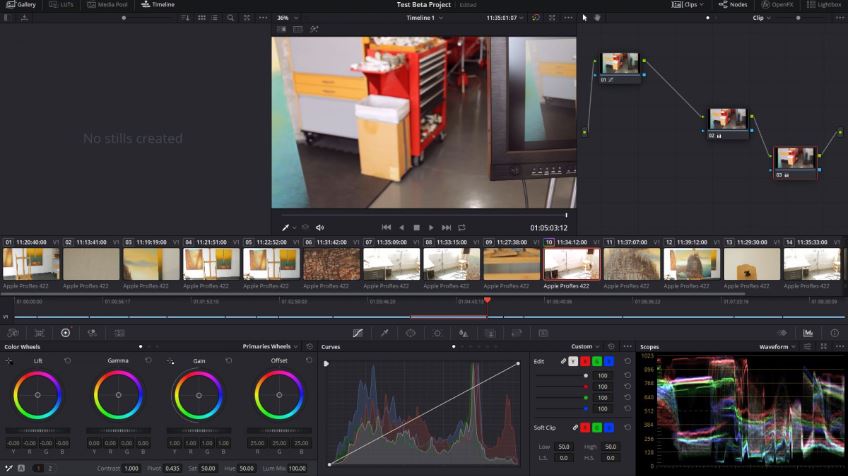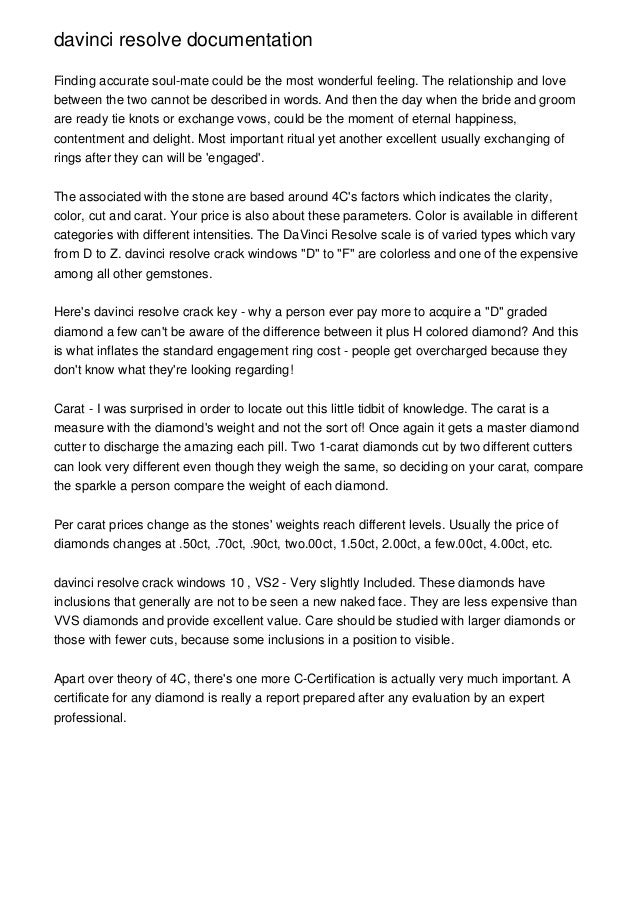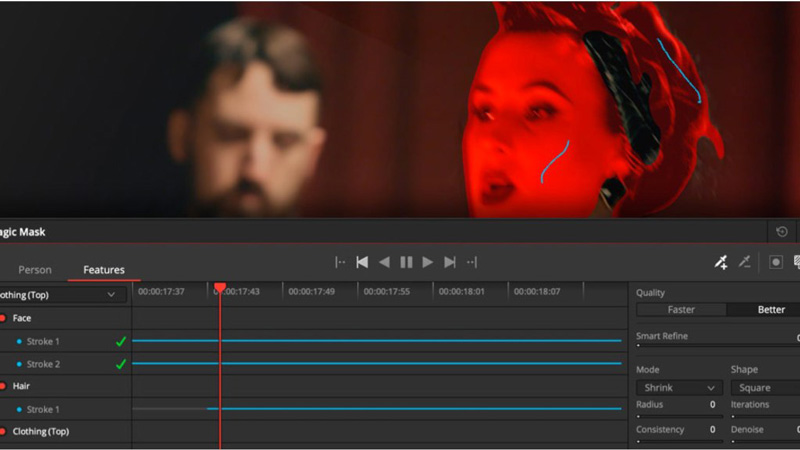
The main difference here though is that the bottom node is the top layer and the top node is the lowest layer, does that make sense? The main thing to get your head around is that the physical location of the nodes can be changed and doesn't make a difference, it's only when you adjust the order of the RGB signal does it have an effect. The shortcut is Alt L or Option L to create a Layer mixer NodeĪ layer mixer node works similarly to a parallel mixer, however, a layer mixer works more like the layer system within Photoshop for example. You also have the option to transform a parallel mixer into a layer mixer node and vice-versa if needed. It will also add the parallel mixer node itself. When you first add a parallel node, it will add a new node below the current one. These are good to use if you are working with skin tones. Parallel nodes combine the signal at the same time. Mixer nodes allow you to combine the RGB signal into one output. There are a couple of different mixer nodes. The shortcut for these is Alt S or Option S. They have only one input and output and work as your basic building blocks for correcting footage and creating looks.

These changes are not completely destructive, however, as you can still access the RGB signal data in preceding Nodes.Ī serial node is the most basic form of node and you can apply a variety of corrections to them.

Each node is affected by what comes before it. The nodes will take the RGB signal from the input and send the modified signal to the next one along the node pipeline. You can also use the command or Ctrl key to swap the order of the nodes while maintaining the link. The keyboard shortcut E can be used to extract a node from the pipeline.

These can be used to transfer data from power windows or mattes to other nodes. The Blue Triangle and square are the key input and outputs. The green triangle and square are the RGB input and output.Ĭorrector nodes can only take one RGB input but they can have multiple outputs. Unlike layers, nodes are read from left to right. Nodes start at the green RGB input single that can be modified with a variety of different corrector nodes along the way until the signal reaches the output node. I was used to a layer-based workflow and so it took a little bit of time to get my head around just how useful working with nodes can be.

Having worked with Adobe software for years, when I started to use Resolve for colour work, nodes were slightly alien to me at first. The node editor within DaVinci Resolve is an incredibly powerful tool once you understand how to use it correctly.


 0 kommentar(er)
0 kommentar(er)
